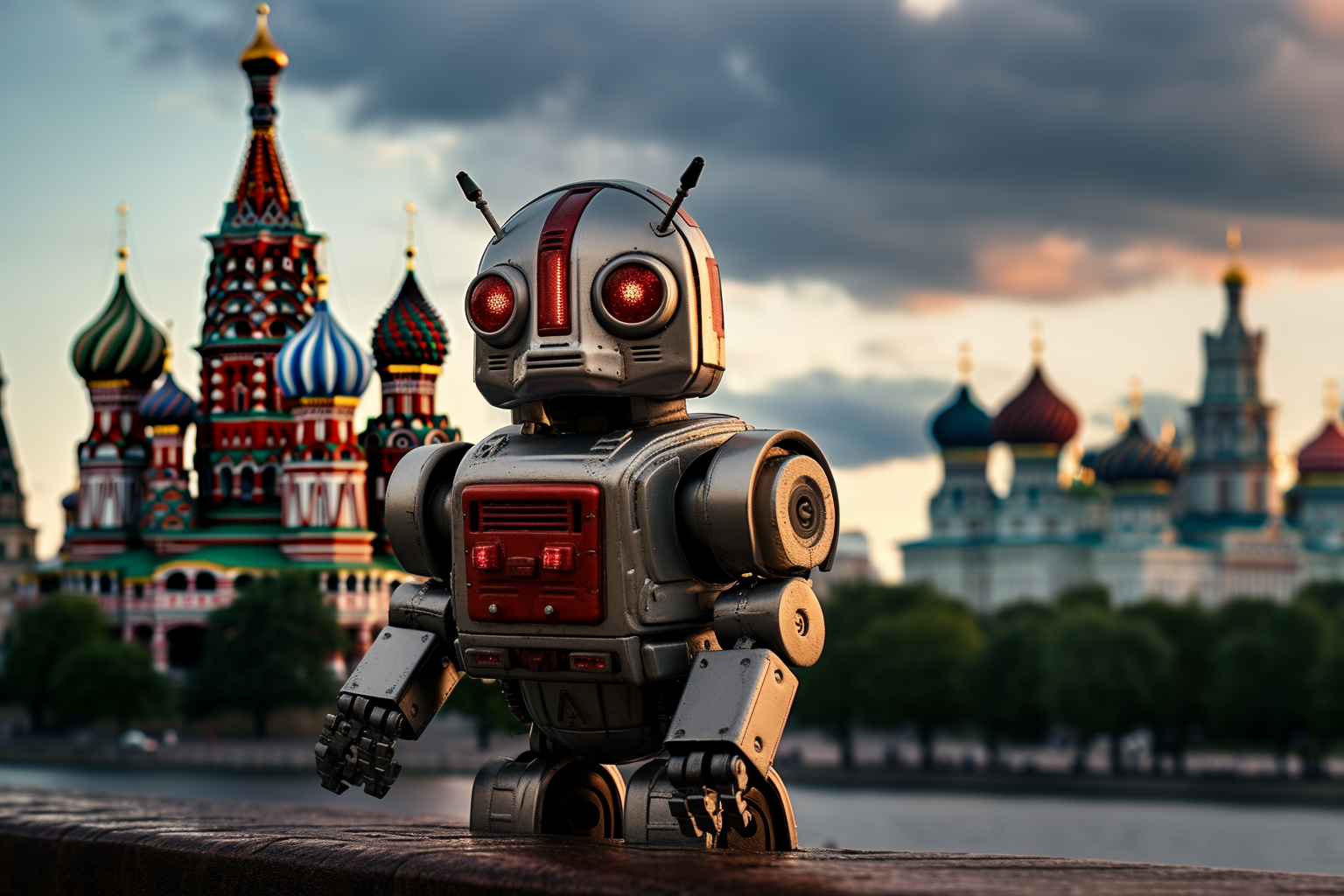Cities of Russia Through the Eyes of Neural Networks

Neural networks open up unlimited possibilities for creativity. A vivid example is the Midjourney network, which refreshes the approach to creating images by transforming textual descriptions into paintings in just a few moments. One simply needs to come up with an idea, and the AI will visualize it in its interpretation. This is exactly what Kirill Solovyev did, becoming the author of a unique project that made the neural network generate images of Russian cities.
The author set a task not just to show how the neural network sees Russia, but also to have it generate images in the form of people’s portraits. We will tell you what came from this in the article.
How the Neural Network Views Russia
On the whole, Russia through the eyes of the neural network appears fairly grim. The paintings predominantly use dark colors, with a lot of smoke, soot, and fire. Faces of people are divided quite simply—male-named cities are depicted as men, female and neuter as women.
The older the town, the older the person depicted. Some paintings show children. This signifies that the settlement is relatively young. Additionally, the neural network’s images of Russian cities reflect the characteristics of these places. For example, Krasnodar is depicted with grapes and a bottle of wine, Novorossiysk and Sochi – with a seaside backdrop.
It might appear to some that the neural network has randomly generated Russian cities. But in reality, according to the author of the project, he conducts thorough research to give Midjourney specific tasks. It’s necessary to study the history of each place, identify distinctive features, and conceive an image. Thus, it wouldn’t be accurate to say that the photos belong solely to artificial intelligence—they are co-authored with Kirill Solovyev.
Neural Network Photos of Russia
Although the images are styled consistently, all the faces, clothes, and backgrounds are different. Let’s look at some main results of the work:
- Moscow, the capital of Russia, despite its considerable age, is presented as a rather modern blonde woman with her face, for some inexplicable reason, covered in freckles. In the background, domes reminiscent of Saint Basil’s Cathedral can be seen.
- Saint Petersburg is depicted as a grim-looking man, not remotely resembling Peter the Great. It seems like this is how the neural network envisions the Russian rulers of the past.
- Vladivostok’s portrait is reminiscent of an anime rock star. It’s hard to understand why the AI made such associations—whether because of its proximity to Japan or perhaps because many rock stars hail from Vladivostok.
- Tula, although represented by a woman in the photo, seems quite warlike, which is not surprising given that Tula’s weapons are known throughout the world.
- Novosibirsk is portrayed as a boy against a forest backdrop. The young age may be explained by the name, though Novosibirsk is not that young.
- Arkhangelsk is depicted as someone who is both a warrior and a cleric. He stands on the shore, presumably of the White Sea, with a monastery in the background, and looks calmly into the frame.
These are just a few examples of city portraits through the eyes of the neural network. Due to public resonance, the project continued. And the artist gradually adds new photos, generated by the neural network, of Russian cities in human likeness.
Pros and Cons
The humanized images of various cities have sparked a lively discussion online. Some find the project interesting, innovative, and creative, while others think such representations are silly. And, almost everyone is dissatisfied with how their cities look in human form. This experiment has its advantages and disadvantages.
Pros:
- Visualization of unique traits and identities of cities.
- Strengthening the emotional connection with one’s hometown.
- Fostering interest in the history, traditions, and culture of Russian cities.
- An unconventional and creative way to provide information about the different regions of Russia.
Unfortunately, neural networks are not yet advanced enough to create unique, non-repetitive images. Although the pictures do not repeat themselves, there’s a general impression that all the photos come from the same fantasy anime created by an artist with poor imagination. This results in the loss of the unique features of each place.

